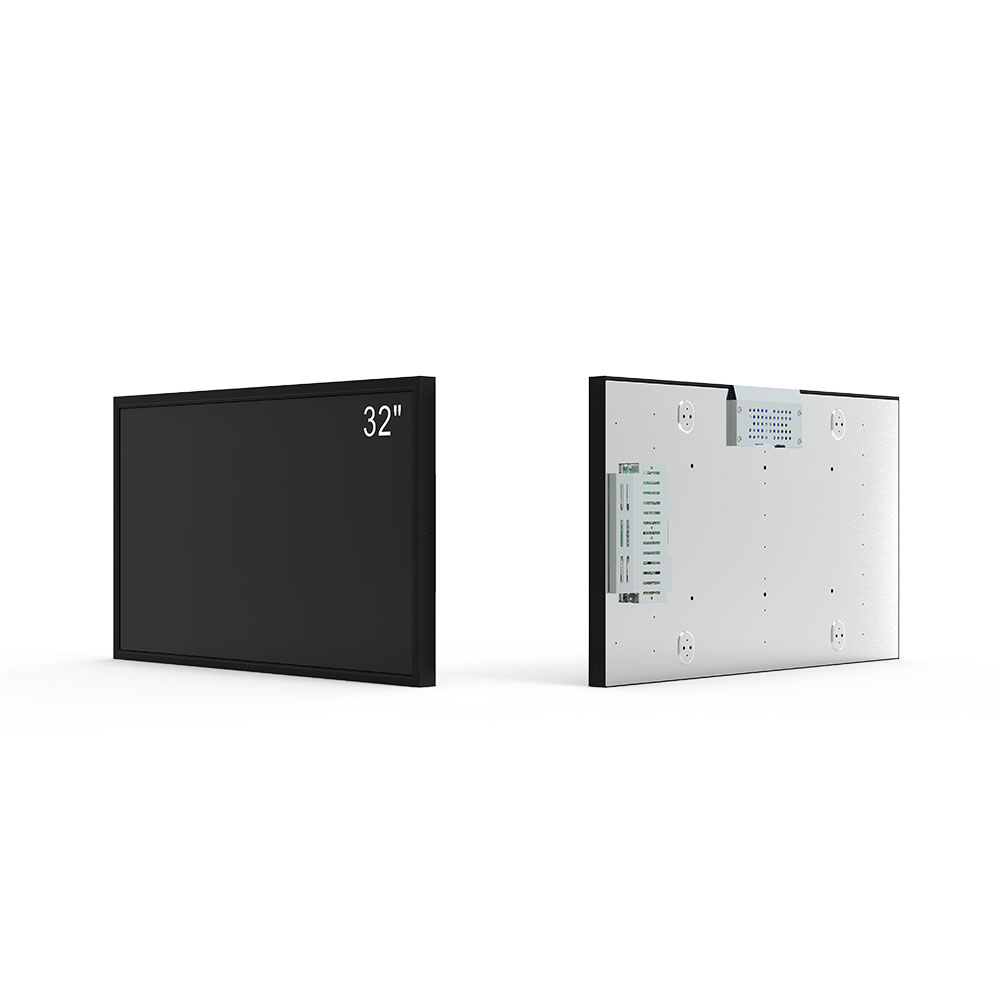- Home
- About Us
- Products
- News
- Video
- Contact
- Send Inquiry
Search
- Home
- About Us
- Products
- News
- Video
- Contact
- Send Inquiry

Outdoor LCD screens have become an essential component of modern urban infrastructure, offering dynamic visual communication across diverse environments—from bustling city centers to remote industrial sites. These high-brightness displays are engineered to withstand extreme weather conditions, including intense sunlight, rain, snow, and temperature fluctuations ranging from -30°C to +60°C. Their reliability is supported by industry standards such as IP65 (dust-tight and protected against water jets) and IK10 (impact resistance), making them ideal for public information systems, digital signage, transportation hubs, and smart city deployments.
One of the key technical differentiators of outdoor LCDs is their brightness level, typically exceeding 5,000 nits—up to 10,000 nits in premium models—to remain visible under direct sunlight. This performance is achieved through advanced LED backlighting, anti-glare coatings, and optimized pixel density (often 200–400 PPI). For example, the City of London deployed 120 outdoor LCD screens in its Smart Transport Initiative, using 7,000-nit panels that reduced passenger confusion during peak hours by 38%, according to a 2023 study by the Transport Research Laboratory (TRL).
Manufacturers like LG, Samsung, and NEC utilize IPS (In-Plane Switching) or VA (Vertical Alignment) panel technologies for wide viewing angles and consistent color reproduction—even at 90° tilt. These panels are also integrated with intelligent power management systems that reduce energy consumption by up to 40% during low-traffic periods, aligning with global sustainability goals like the EU Green Deal and U.S. ENERGY STAR certification.
Case studies from Singapore’s Smart Nation Program demonstrate how outdoor LCDs improve public engagement. In Orchard Road, high-resolution 4K screens powered by local solar charging stations provide real-time traffic updates, emergency alerts, and cultural promotions. The system increased citizen interaction by 62% over 18 months, as reported by the Infocomm Media Development Authority (IMDA).

Moreover, outdoor LCDs now support IoT integration—enabling remote diagnostics, content scheduling via cloud platforms (e.g., BrightSign, Scala), and predictive maintenance using AI algorithms. This evolution positions outdoor LCDs not just as display devices but as critical nodes in the Internet of Things ecosystem.
From a materials perspective, recent innovations include Gorilla Glass 5 for scratch resistance and nano-coated glass for hydrophobic surfaces that repel water and dust. According to Wikipedia, “Digital out-of-home (DOOH) advertising revenue reached $34.6 billion globally in 2023,” underscoring the economic value of outdoor LCDs in marketing and public service.
As cities continue to grow denser and more connected, outdoor LCD technology will remain pivotal—not only for visibility and durability but for enabling smarter, more responsive urban environments. Whether used in transit systems, retail kiosks, or emergency alert networks, these displays are redefining how people interact with information in public spaces.